
Legasista - Review
by Karl Koebke , posted on 20 August 2012 / 6,229 ViewsMost gamers think of the summer months as a slow and dull time for gaming, but I've actually enjoyed the season this year. Lots of smaller downloadable titles releasing has made sure that I'm rarely left with nothing to play. But maybe playing as a positron in a particle accelerator, or a nondescript blob in a Beck-inspired fantasy world isn't weird enough for you. Ever wanted to play a fast paced dungeon crawler with the Powerpuff Girls, or maybe the Teenage Mutant Ninja Turtles for characters? If so then Legasista is right up your alley.
The main character's name is Alto and his sister has been turned into a crystal, a process which he is trying to reverse by searching through dungeons for ancient knowledge. Alto lives in one of those Dark Age dystopian settings where civilization has taken a huge downswing in its understanding and things previously understood as science have now moved into the realm of superstition. He fights his way through dungeons in the search of ancient relics that will hopefully give him a way to change his sister back to her original form. As is often the case in RPGs, he soon comes across a plethora of other adventurers all searching through the dungeons for their own individual reasons.
While I wouldn't say that the narrative is the main focus of Legasista, it is surprisingly enjoyable. The voices are in Japanese( without a dub option), but the character portraits that accompany them are well animated and expressive, and I genuinely enjoyed some of the voice acting even if I didn't understand it. Overall the storyline is somewhat reminiscent of the Disgaea series - another NISA published title - in that there is an overarching storyline which features a more serious tone, while at the same time the game isn't afraid to throw in some silliness and light-hearted personality to the mix as well. Legasista definitely stands more on the serious side of story telling than Disgaea , but then again just about every game does when compared to Disgaea.
Legasista also combines the frantic action of dungeon crawling with meticulous strategic preparation, and truth be told I could spend hours just messing around with the equipment system. There are six different job types which your characters can have and each job type comes with its own unique equipment choices. Unlike in most games, where the equipment you can wear is roughly based on what the human body can logically wear (so yes to breastplate and leather armored pants, but no to wearing two hats), Legasista takes a much more unique approach.
Each job has several energy frames, which are basically sets of equipment types that you can use. This is presented as a list of equipment types with numbers underneath them, such as the Prudent energy frame of the thief which has two def/thief skill slots, one slot solely for a thief skill, an armor slot, knife/bow slot, a slot for increasing either MP or speed, and a slot for a shield. Each slot has a mana associated with it which dictates what level of equipment it can hold. By the end of the main story each job has six different energy frames each with a different focus that allows you to meticulously customise your characters. It takes some time getting used to, but it's extremely enjoyable once you get into it.
Customization is really the name of the game in Legasista. As your characters level they obtain job points which can be used to give them little perks (like increasing all of their equipment slots by four mana, or decreasing the chance of being poisoned when eating food found in the dungeons). Once a character reaches level 20 you can even switch the job they have entirely, if you so wish. Not enough for you? Well, first off you should learn to be less demanding, but Legasista still has you covered. Although your characters don't change appearance based on their equipment, you can create your own characters and fully customise both them and their weapons. Since each character is rather simple to animate (due to their Rayman-like lack of connections between limbs), using a simple paint application you can draw out your own characters. Too lazy for that? Thankfully, there are a number of premade options, including several notable character skins from the Disgaea series as well as some I don't recognize. Completed designs can then be exported and imported as images for sharing around the interwebs. Speaking of the internet - I want to make a team of Takashi Natsume, Firo Prochainezo, and Fluttershy. Make it happen, internet! Pretty please.
Once you've prepared your new Freakazoid-based character with the desired job and equipment it's time to actually do some dungeon crawling. Truth be told, “dungeon crawling”, doesn't really do the game justice because you're doing anything but crawling through these stages. Most of the main storyline dungeons only take about ten minutes for each stage, with about four or five stages per dungeon. The controls are similar to the old two dimensional Zelda games, except that you can jump at will, which comes in handy for avoiding the plethora of hazards that show up while exploring the ruins.
Along with all of the monsters that you'd expect to inhabit a dungeon crawler's darkest dankest depths, you'll also notice a plethora of symbols on the ground. These are traps which litter the ruined floors and cause a variety of effects. Most of these are detrimental - for example, spikes coming out of the floor or arrows being shot from the far wall - but not all traps are created equal. Some heal you when you step on them, or shoot eggs that could damage you, but will heal you if you can hit them with your weapon before they hit you. Monsters are not immune to these effects either, so even a spike trap can be useful if you can trigger it near some enemies and avoid the damage yourself. Along with keys, door triggers, and other painful hazards, these traps help make each dungeon floor feel unique, even if you're facing the same types of enemies again and again.
That's not to say that all of the enemies are reskins. I was pleasantly surprised to find that as my level increased the same enemy type would be noticeably more difficult to deal with, not just in terms of the amount of damage they take to kill and can dish out, but also in their general movements and abilities. A ninja that 20 levels ago would teleport before attacking would now make clones of himself while teleporting to turn one punch into five. Boars that used to charge in a single direction before hitting a wall could now turn to follow you for a short time. Legasista does a great job of making you feel like enemies are ramping up their efforts the more you progress.
I was, however, disappointed to find the main storyline finish after just 16 hours, but that's not to say that your time with Legasista need come to an end at that point. Random Dungeons, or rangeons, are a large part of level grinding and give you something to do even after you complete the final story dungeon. There are three difficulty varieties to the rangeons but don't think there are only three ways these things can play out; thanks to floor gates with various effects, each trip into the rangeons really is random. Clearing a floor in the rangeons only requires that you make it to a gate, but each floor has two or three gates which can lead to vastly different areas. A normal gate will probably raise the average enemy level by one and have no effect on the item drop rates, while a hell gate could raise the level by 15-20 and decrease drop rates, an angel gate will increase the level by 1 but increase drop rates, a warp gate will increase levels by more than normal but will let you skip a floor or two, and a rule gate will put a condition on every floor after you pass through it, and I haven't even gone through all of the different gate types. Escaping rangeons can be difficult, as exits also occur randomly, but even if you push too hard and wind up dead you'll only lose any items you gained while inside and retain half of the experience you acquired, so it isn't a total loss.
There are a lot of things to do once the story is over if you love the battle system, and Legasista doesn't look bad while you do it either. The jump from the Cladun series to Legasista is a lot like going from Disgaea 3 to Disgaea 4. Character sprites have been given the HD treatment to make them more detailed and the 2D background environments are very well made as well. It'd be nice if you had more than a tiny little campsite to walk through when not adventuring, though. The soundtrack never stands out in the middle of the action but if you take the time out to sit and take notice of it you're unlikely to have any complaints.
Legasista is a weird title because while it obviously has a lot of replay value for those that are engrossed by it, the short time it takes to play through the main story makes its value proposition questionable. 16 hours isn't terrible for $30, but I was certainly disappointed to see it end. Then again, the fact that I felt that feeling is the sign of a good game; I wish more games were as out-of-the-box and interesting as Legasista. Now, if you'll excuse me, I have more dungeon crawling and min/maxing to do.
This review is based on a digital copy of Legasista for the PlayStation 3, provided by the publisher.
VGChartz Verdict
8
Great








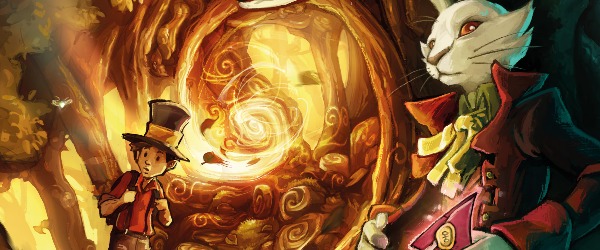
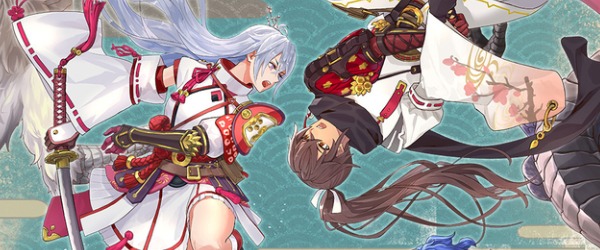
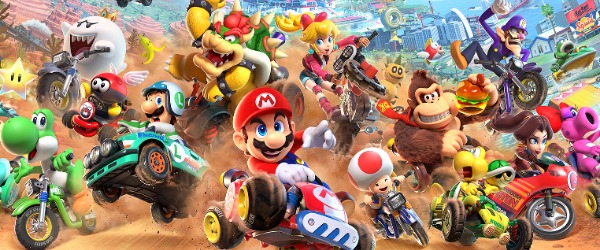
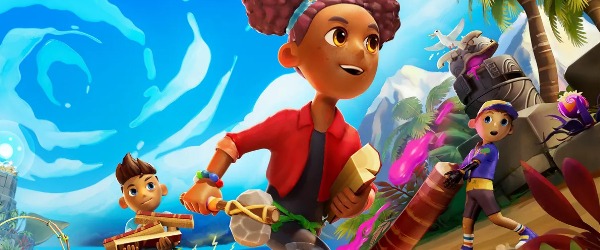












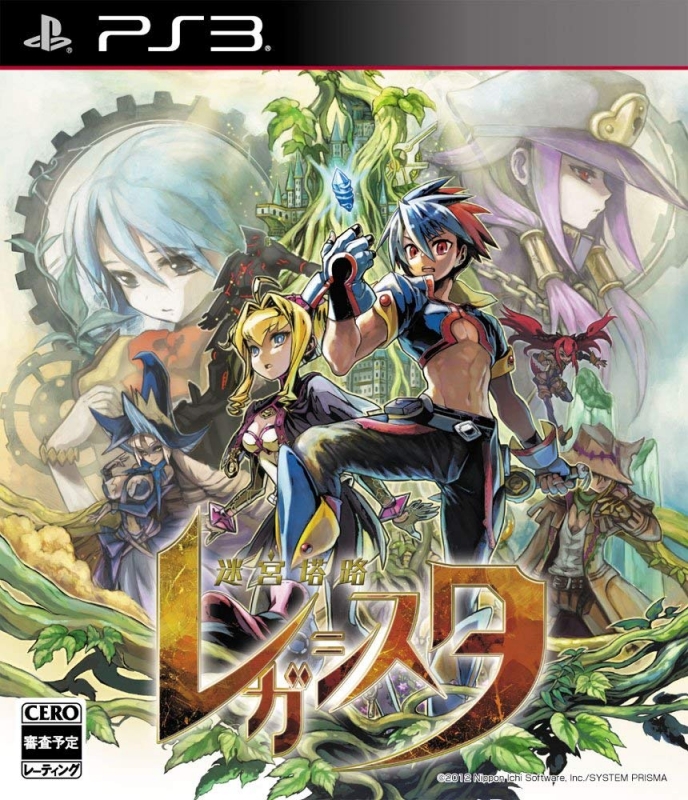

 Essay Pro
Essay Pro